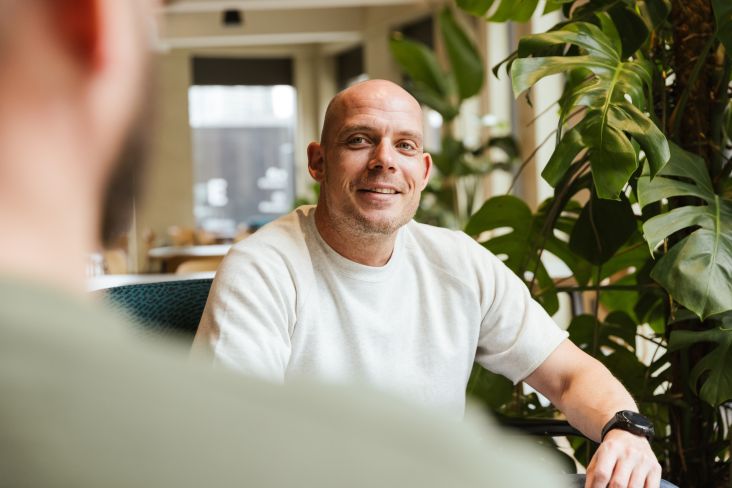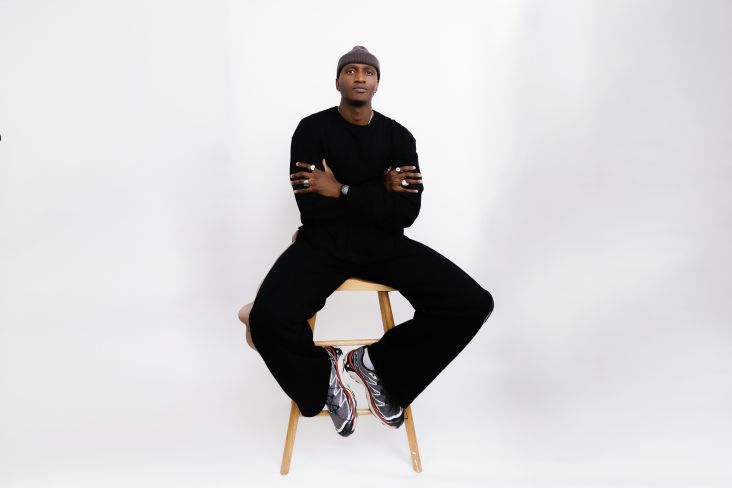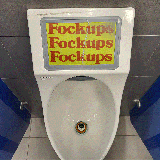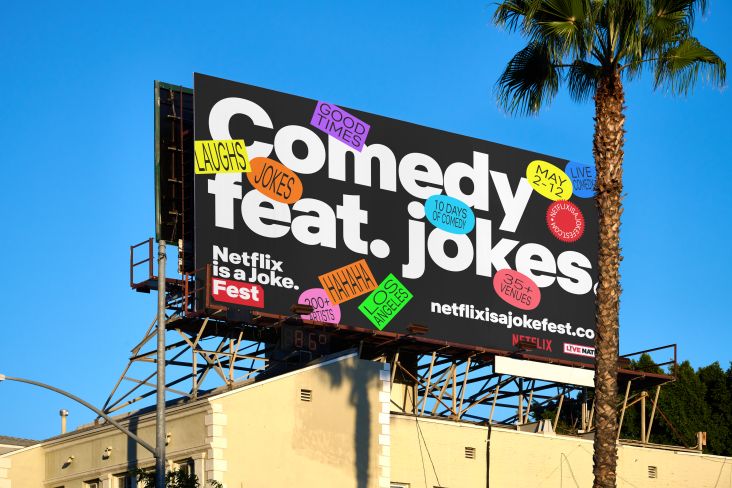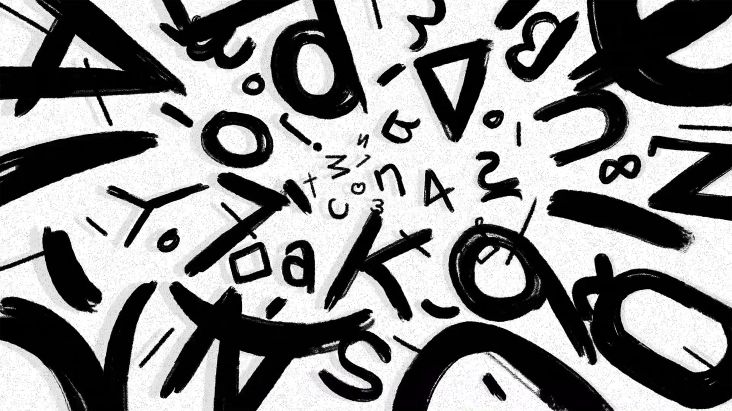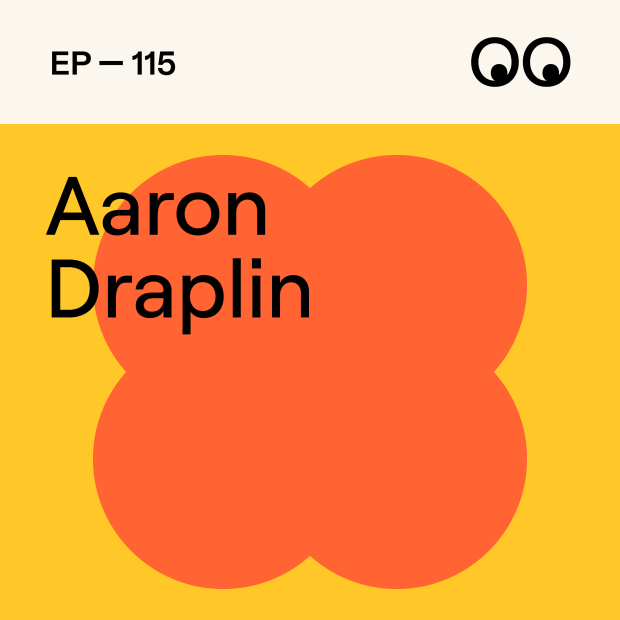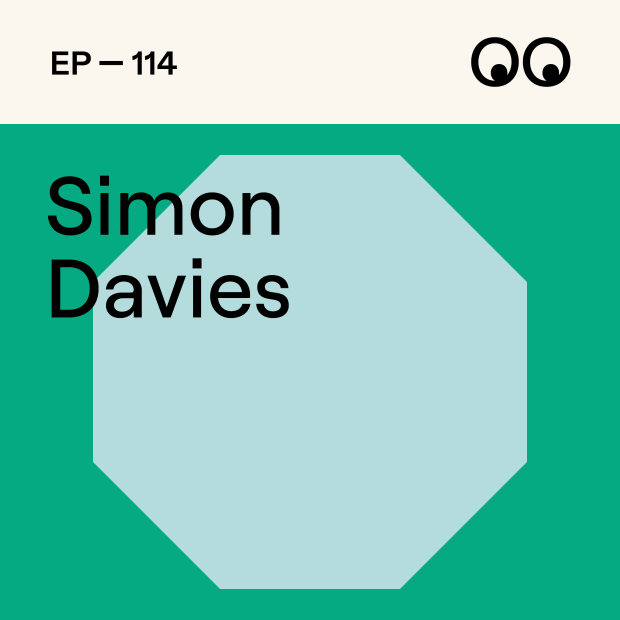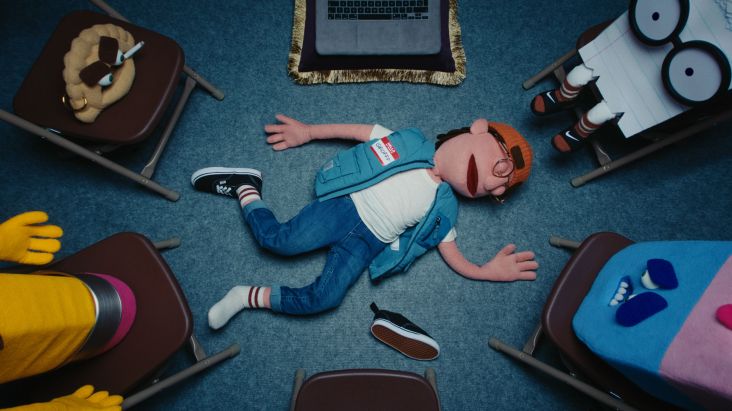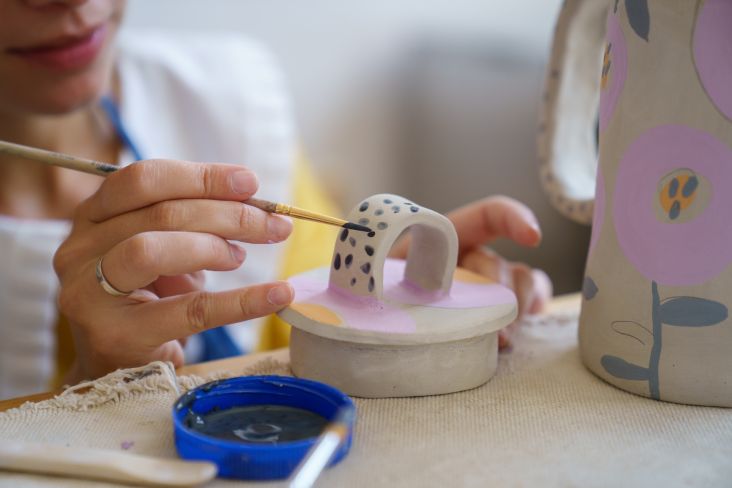How to embrace failure and turn it into a creative superpower
When things go wrong, it's not the end of the world. In fact, it could be the start of something fabulous.

Image licensed via Adobe Stock
Yes, working in the creative industries is fun and glamorous. But at the same time, this fast-paced, highly competitive world can also lead us towards a crippling fear of failure.
We're constantly surrounded by people who are better than us. We see people crafting superior work and succeeding spectacularly on social media. In contrast, however hard we work, our own efforts often end in failure.
We work hard on creating what we think is great work, only for our managers or clients to send us back to the drawing board. And even when they have a point, it's so crushing we feel like we can't even breathe, let alone take it on the chin.
So, how do we avoid failing so often?
Our response to that question may surprise you. But in fact, it's simply: "Don't". Talk to anyone with any kind of seniority in the industry, and they'll agree.
Reframing failure
From a young age, we're taught that failure is something to be avoided at all costs – a sign of weakness, ineptitude, or lack of talent. But what if we've had it all wrong? What if failure is not the enemy of creativity but a crucial ingredient for innovation and growth?
The reality is that failure is an inevitable part of any creative journey. Every artist, designer, photographer, animator, or filmmaker has experienced setbacks, rejections and projects that didn't quite work out as planned. The difference between those who thrive and those who stagnate lies not in whether they fail but in how they approach and embrace failure.
As writer and filmmaker Daniel Johnson puts it, "I just accept failure as part of the process. It's a byproduct of creativity. Successes and failures are very related." Similarly, designer and illustrator Kevin Tiernan says, "I try to reframe the situation as best I can and acknowledge how I'm feeling. 'It didn't work out this time, and I'm pretty bummed, but that's okay.' That perspective validates my emotions and helps me to navigate setbacks without getting stuck or personalising everything."
In short, the first step in embracing failure is to reframe our perspective on what it means to fail. Instead of seeing it as a final judgment on our abilities, we should view failure as a learning opportunity – a chance to gain valuable insights, refine our skills and course-correct for future endeavours.
Failure is not the opposite of success; it's a necessary step on the path to success. Every failure is a chance to gather data, analyse what went wrong, and make adjustments to improve the next attempt.
Embrace a growth mindset
Closely tied to reframing failure is the concept of a growth mindset – the belief that our abilities and intelligence are not fixed but can be developed through effort, learning and perseverance. Those with a fixed mindset see failure as a reflection of their inherent limitations, while those with a growth mindset see it as a temporary setback and an opportunity to grow.
As product designer Bimal Tailor notes, "Failure is part of the process of learning. It's more of a bump than the end of the line."
Creative professionals who adopt a growth mindset are likelier to take risks, experiment with new ideas, and bounce back from setbacks. They understand that failure is not a personal indictment but a natural part of the creative process – a necessary step toward mastery.
So, how can creatives effectively embrace failure and turn setbacks into opportunities for growth? Here are some valuable strategies and insights from industry professionals.
1. Normalise failure and create a safe space for experimentation.
Creative lead Amber Carnegie highlights the importance of creating an environment where failure is not only accepted but celebrated as a learning tool. "We run inspiration hours every week with 'how to fail' sessions as learnings every so often!" she reveals. "It's super-beneficial."
2. Document and reflect on your failures
When something fails, your instinct is to throw it away. But that would be a real waste because every failure is a learning opportunity you can return to again and again throughout your career. That's why illustrator Ollie Hirst recommends "storing all of the rejected or ideas that didn't quite make it in a folder on your desktop – I call mine the 'garage'. Instead of dramatically tearing up and putting them in the bin, you save them for another day."
3. Embrace a spirit of iteration and adaptation
An obsession with failure often results from believing that every creative professional is, or should be, perfect. The antidote to that is an understanding that no one is. We're all flawed individuals who grow by making constant mistakes and learning. By viewing failures as opportunities for change rather than personal shortcomings, creatives can stay resilient and flexible.
As designer Cem Purtul puts it: "We must accept that we are not wizards. Climate, time and conditions may be different each time. It's not a failure; it's an adaptation problem."
4. Take calculated risks
That's all very well, you might think, but failing sucks! And the emotional fallout can be hard to deal with. Creative trainer Claire Bridges has some sympathy with that view. "No one likes to fail or to miss the mark on a creative brief or anything in life," she agrees. "But as the saying goes: if you lose, don't lose the lesson. So I think giving yourself a grace period for the disappointment, sadness or rage you feel is good, then move on."
As a positive way to deal with your feelings, she suggests you try the 70:20:10 innovation rule employed by Coke, Google and many others. "Basically, you take 'little bets'," she explains. "That means you spend 70% of your time on your sure things, 20% on things with more risk, and 10% on things that are high risk. This really helps you to take risks without betting the whole farm."
In other words, by allocating a portion of resources towards riskier, more experimental projects, you can embrace failure without jeopardising your entire operation or earnings.
5. Encourage a culture of risk-taking
Remember that it's not just juniors who fail creatively. Some of the most senior members of an agency will do so, too, and that's okay. In fact, shouldn't we all follow the example of creative director and strategist Nic Luli Weill? "I try to build in public and set an example as a creative director," she explains. "If I'm not failing, I'm not taking enough risks."
In other words, as leaders, it's essential to model a willingness to take risks and learn from failures. That, in turn, creates an environment where others feel empowered to do the same: a win-win situation for all.
6. Allow for emotional processing and self-care
None of this, of course, should blind us to the fact that failure hurts. And so it's perfectly natural to want to hide away and lick your wounds for a bit. Failure can be emotionally draining, and it's important to have healthy coping mechanisms and allow yourself time to process disappointments before moving forward. "I have a glass of wine and play some Mariah Carey!" says journalist Nicholas Fearn, while underwear designer Kate Sloan reveals, "I go to bed and watch 90s sitcoms."
While acknowledging the emotional toll of failure, it's crucial to reflect, extract lessons, and then move forward with renewed determination.
Conclusion
To sum up, failure is not the enemy of creativity; it's an integral part of the journey towards mastery. By reframing our perspective, embracing a growth mindset and actively learning from setbacks, we can turn failures into stepping stones that propel us forward.
In the words of photographer Brian Arnopp: "Failure is a point for learning, change and moving forward." It's a sentiment echoed by countless successful creatives who have learned to view failure not as a final destination but as a temporary detour on the path to greatness.
So, the next time you encounter a setback or a project that doesn't quite go as planned, don't despair. Embrace the failure, analyse what went wrong, and use those insights to inform your next iteration.
The creative process is rarely a straight line; it's a winding road paved with failures and triumphs alike. By learning to navigate those setbacks with resilience, curiosity and a willingness to grow, you'll not only become a better creative professional – you'll unlock new depths of innovation and artistic expression.
